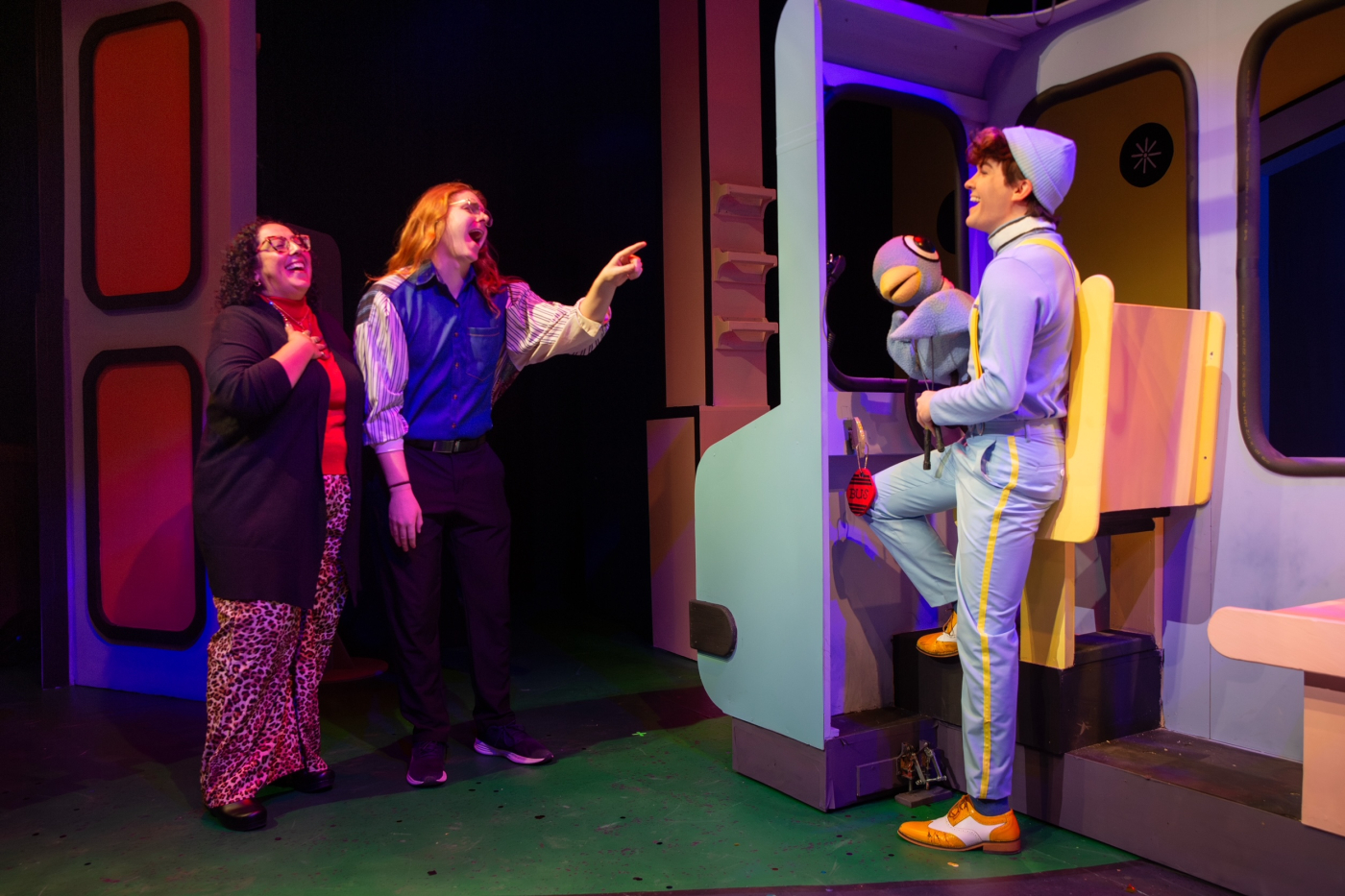Tell us about yourself and your relationship to SLAC!
Hi, I’m Penny, and I’ve been fortunate to work with SLAC for over a decade directing their Theatre for Young Audiences (TYA) productions. It’s been a joy to collaborate with the incredible SLAC team to create magical, meaningful experiences for young audiences and their families. Beyond directing, I’m a professor of theatre at the University of Utah and the Artistic Director of the Youth Theatre program. I’m passionate about theatre education and love how SLAC celebrates the power of storytelling for all ages.
What is Theatre for Young Audiences (TYA)? What is the importance of this type of work and how have you, in your experience as an educator, seen it impact young artists?
TYA is theatre specifically created for children and young people, designed to captivate their imaginations while addressing themes that resonate with their experiences. Its importance lies in its ability to plant seeds of empathy, creativity, and curiosity. As an educator, I’ve seen firsthand how theatre helps young artists find their voices, build confidence, and understand the world around them. TYA is often a young person’s first encounter with live performance, making it a magical, formative experience that can inspire a lifelong love for the arts.
You've directed innumerable children's shows at SLAC, as well as Yoga Play, and will be directing The Robertassey in the spring. What are the differences, strengths, and weaknesses between directing TYA and non-TYA shows?
Directing TYA is a thrilling challenge because it’s not just for children—it’s truly theatre for all audiences. I approach these productions with the same care and respect as adult shows, knowing grownups will be in the audience too. My goal is to craft a performance that’s engaging and thought-provoking for everyone.
TYA shows are like full-length musicals condensed into 50-minutes, demanding incredible precision, creativity, and energy from the cast and crew. The biggest difference is the audience: children respond with a raw honesty and immediacy that challenges us to be authentic and dynamic. While adult productions can delve into abstract themes, TYA embraces the joy of pure storytelling, connecting emotions, and sparking curiosity. Ultimately, it reminds me why I love theatre—it’s about wonder, imagination, and community, leaving a lasting impact on every audience member.
After directing so many of the children's shows at SLAC, how do you keep it fresh every time? What can audiences expect from this show that makes it unique from past children's shows?
Each TYA production at SLAC is an opportunity to push creative boundaries and explore new ways to engage our youngest audiences. For Don’t Let the Pigeon Drive the Bus!, we’re doing something we’ve never done before: using a puppet as the main character throughout the entire show, manipulated Avenue Q-style, where both the puppet and the puppeteer are visible. While we’ve included puppets in past productions, they’ve always been supporting elements or brief moments. This time, The Pigeon takes center stage in a fresh, dynamic way that highlights both the artistry of puppetry and the charm of Mo Willems’ hilarious and heartfelt character.
Mo Willems once said, “Empathy is the key to all of this.” That spirit drives this production, as audiences see The Pigeon wrestle with big feelings of frustration and the desire to prove himself. This musical is a celebration of finding your “thing,” packed with humor, heart, and surprises for everyone in the audience.















